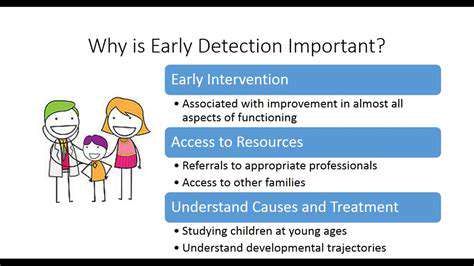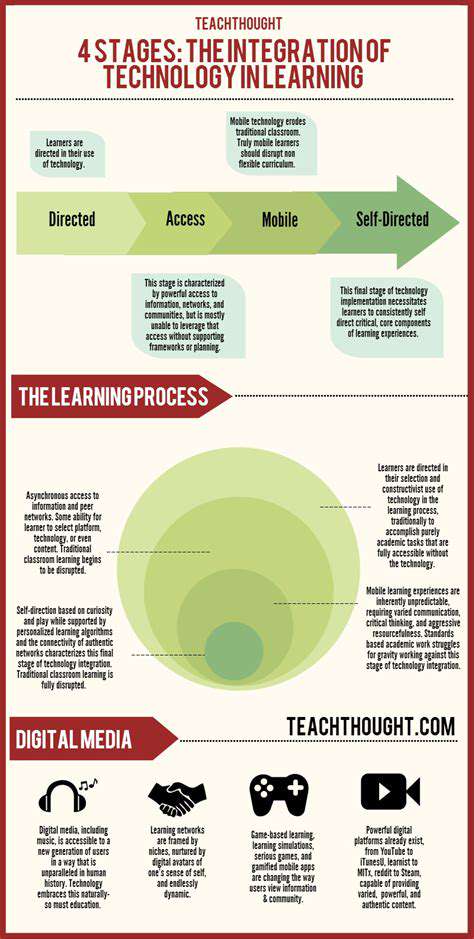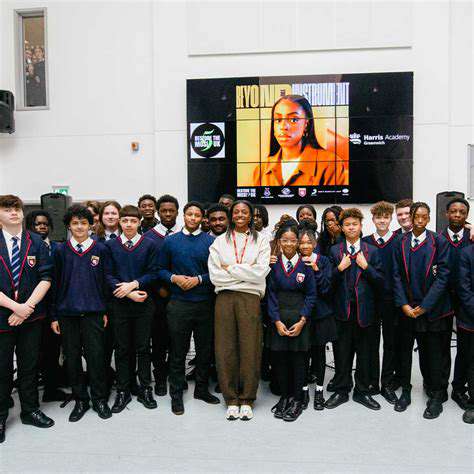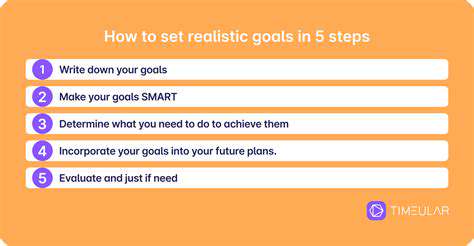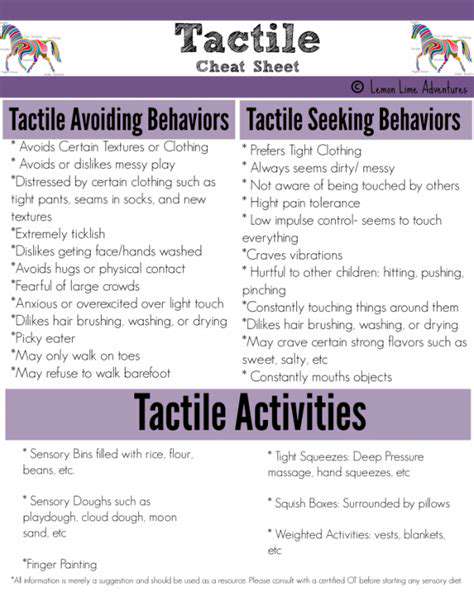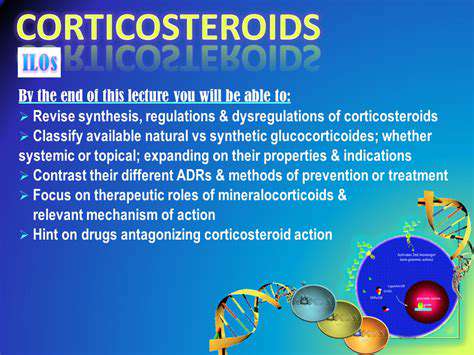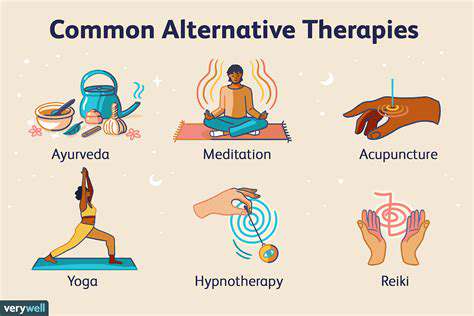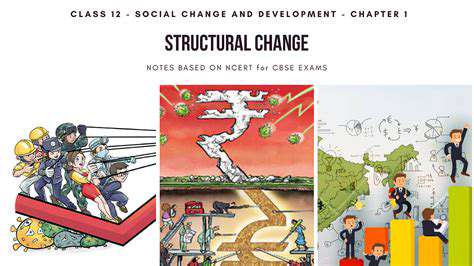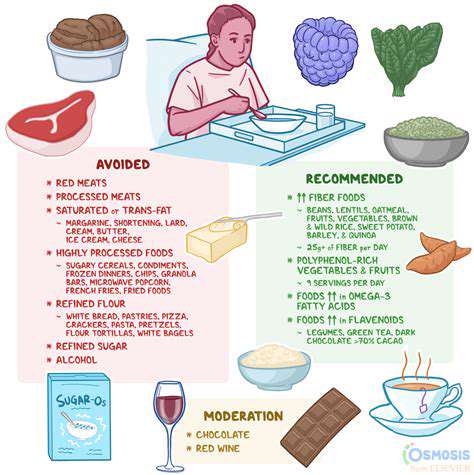Virtual Reality in Hand Rehabilitation: Benefits and Techniques
Introduction to VR in Hand Therapy
Introduction to VR in Hand Therapy
Virtual reality (VR) is rapidly emerging as a valuable tool in hand therapy, offering a unique and engaging approach to rehabilitation. Unlike traditional methods, VR immerses patients in interactive environments, making exercises more motivating and enjoyable. This immersive experience can significantly enhance patient engagement and adherence to treatment plans, ultimately leading to better outcomes. The ability to tailor virtual environments to specific hand injuries and conditions is a key advantage of this technology.
VR technology creates realistic simulations of everyday tasks and movements, allowing patients to practice and retrain their hand functions in a safe and controlled setting. This controlled environment allows for gradual progression in difficulty, ensuring that patients are challenged appropriately while minimizing the risk of further injury. The level of detail and realism in VR environments can also promote a stronger sense of motivation and engagement compared to traditional therapy techniques.
Benefits of VR for Hand Rehabilitation
The benefits of VR in hand therapy extend beyond simply making exercises more enjoyable. VR-based rehabilitation programs can improve dexterity, strength, and range of motion. The interactive nature of VR games and activities can lead to significant improvements in fine motor skills, essential for performing everyday tasks. This is particularly helpful for patients recovering from injuries or conditions that affect their hand function.
Furthermore, VR can offer a more comprehensive approach to rehabilitation by addressing both the physical and cognitive aspects of recovery. This combination of physical and cognitive engagement can be a powerful driving force in helping patients regain their independence and quality of life.
Tailoring VR Experiences for Specific Hand Conditions
One of the most significant advantages of VR in hand therapy is the ability to tailor the virtual experience to the specific needs of each patient. Different hand injuries and conditions require different types of exercises and practice. VR environments can be customized to address these specific needs, ensuring that patients receive targeted and effective treatment.
Measuring Progress and Outcomes
A crucial element of effective rehabilitation is the ability to track and measure progress. VR systems can provide detailed data on patient performance, including speed, accuracy, and range of motion. This data allows therapists to monitor progress over time and adjust treatment plans as needed. The quantifiable nature of VR-based exercises is a significant advantage over traditional methods, where progress might be more subjective.
Cost-Effectiveness and Accessibility
While the initial investment in VR technology might seem significant, its potential for cost-effectiveness in the long run is substantial. By improving patient engagement and reducing the need for extensive therapy sessions, VR can help to lower overall healthcare costs. Furthermore, the potential for wider accessibility of VR technology through telehealth platforms could make rehabilitation more convenient and affordable for patients in various locations.
Integrating VR into Existing Treatment Plans
Integrating VR into existing hand therapy programs can be achieved gradually and seamlessly. VR exercises can be introduced as part of a broader rehabilitation plan, complementing existing therapies. This approach allows therapists to leverage the strengths of both traditional and VR methods, creating a more comprehensive and effective rehabilitation strategy. Careful consideration of patient needs and preferences is crucial to ensure that VR is integrated appropriately and effectively within existing treatment plans.
Interactive VR Environments for Functional Restoration
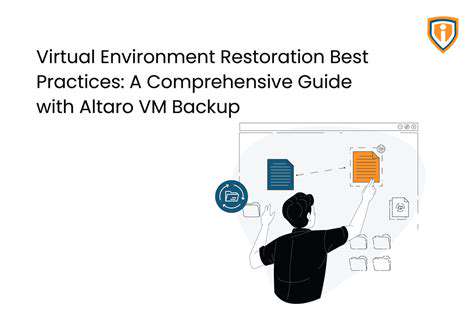
Immersive Exploration and Interaction
Interactive virtual reality (VR) environments offer unparalleled opportunities for immersive exploration and interaction. Users can step into virtual worlds, navigate complex spaces, and interact with objects and environments in a truly engaging way. This level of immersion is crucial for various applications, from training simulations to entertainment experiences. Immersive experiences foster deeper understanding and engagement compared to traditional 2D interfaces. The ability to physically interact with virtual objects significantly enhances learning and comprehension.
These environments are rapidly evolving to become more realistic and intuitive. Sophisticated rendering techniques and advanced tracking systems are making virtual spaces feel more tangible and responsive. The user's perception of presence and immersion is heightened, leading to a more compelling and engaging experience.
Customizable and Dynamic Environments
A significant advantage of VR environments is their inherent customizability. Developers can design and create virtually any environment imaginable, tailoring it to specific needs and purposes. This flexibility is critical for educational settings, where tailored learning experiences can be developed to address diverse learning styles.
Furthermore, these environments can be dynamic and responsive. Interactions with virtual objects can trigger changes in the environment, creating a sense of agency and realism. This dynamic quality is essential for applications like architectural visualization, where users can virtually walk through and explore different design options.
Applications in Education and Training
Interactive VR environments are revolutionizing education and training. Complex scientific concepts can be visualized in immersive 3D models, allowing students to interact with and manipulate these models in ways not possible with traditional methods. This hands-on approach to learning fosters deeper understanding and retention. Furthermore, VR training simulations provide realistic scenarios for practicing crucial skills in a safe and controlled environment.
Medical training, for example, can benefit greatly from VR environments, allowing surgeons and other medical professionals to practice complex procedures without risk to patients. This ability to practice critical skills in a safe virtual environment has profound implications for improving patient outcomes.
Enhanced Engagement and Learning
Interactive VR environments significantly enhance engagement and learning. Users are actively involved in the learning process, not just passively receiving information. This active participation leads to a deeper understanding and retention of material. The engagement aspect makes learning more enjoyable and less tedious, fostering a more positive learning experience.
The immersive nature of VR also allows for personalized learning experiences. The system can adapt to the user's progress and needs, providing customized feedback and support. This tailoring of the learning experience is a key advantage over traditional methods.
Accessibility and Inclusivity
As VR technology continues to evolve, accessibility and inclusivity are becoming increasingly important considerations. Efforts are being made to ensure that VR experiences are accessible to people with diverse abilities and needs. This includes designing interfaces that are adaptable and user-friendly for individuals with visual impairments, motor impairments, or other conditions.
Accessibility features are crucial for creating VR experiences that benefit a wider range of users. With the continued development of inclusive VR design, the potential applications of this technology will expand even further.
Challenges and Future Directions
While interactive VR environments offer tremendous potential, there are still challenges to overcome. Cost, accessibility, and the development of intuitive user interfaces are ongoing concerns. Further research and development are needed to address these challenges and improve the usability and affordability of VR technology.
Future directions in VR environment design will likely focus on greater realism, improved user interaction, and more sophisticated applications. The potential for virtual environments to transform various fields, from education to healthcare, is immense.
Targeted Therapeutic Techniques with VR
Immersive Environments for Motor Skill Re-learning
Virtual reality (VR) environments offer a highly engaging and adaptable platform for motor skill re-learning in hand rehabilitation. These immersive environments can be meticulously tailored to address specific deficits and challenges faced by patients. For example, a patient recovering from a stroke might practice grasping and manipulating virtual objects within a virtual kitchen, progressively increasing the complexity and resistance of the tasks as their abilities improve. This tailored approach allows for a personalized and dynamic training experience, significantly enhancing the effectiveness of therapy sessions. The interactive nature of VR encourages active participation and promotes motivation, crucial elements in driving successful rehabilitation outcomes.
Furthermore, the ability to quantify and track performance metrics within these VR environments is invaluable. Detailed data on movement speed, accuracy, and force application can be collected and analyzed, providing clinicians with valuable insights into the patient's progress. This data-driven approach allows for real-time adjustments to the therapy program, ensuring that exercises remain challenging yet attainable, thereby optimizing the therapeutic process and maximizing functional recovery. The use of VR in this context allows for a measurable and adaptable approach to hand rehabilitation, promoting a more effective and personalized treatment plan.
Personalized and Adaptive Training Programs
A key advantage of VR in hand rehabilitation is its ability to create highly personalized and adaptive training programs. By carefully assessing a patient's individual needs and limitations, therapists can design VR exercises that directly target specific areas of weakness. This tailored approach ensures that the therapy is maximally effective by focusing on the precise movements and skills that need improvement. The interactive and engaging nature of VR can also significantly enhance patient motivation and compliance, which are crucial factors in achieving positive rehabilitation outcomes.
The adaptive nature of VR-based exercises is another significant benefit. As a patient progresses, the difficulty of the exercises can be adjusted in real-time, ensuring that the therapy remains challenging and stimulating without becoming frustrating or too easy. This dynamic adaptation allows for a more effective and efficient use of therapy time, optimizing the patient's progress and maximizing the potential for functional recovery. By integrating these elements, VR-based hand rehabilitation programs can be meticulously designed to provide a truly personalized and effective therapeutic experience.
The potential of VR to create a safe and controlled environment is also a significant advantage. Patients can practice complex movements and tasks without the fear of injury or pain. This safe environment encourages exploration and experimentation, empowering patients to actively participate in their rehabilitation and foster a sense of agency in their recovery journey. This crucial aspect of VR therapy can significantly contribute to improved patient outcomes.


